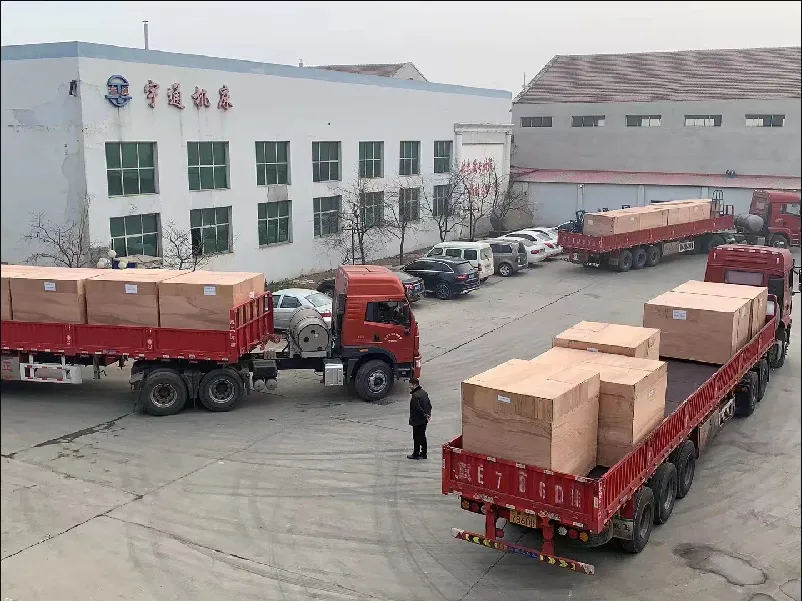
-
 Afrikaans
Afrikaans -
 Albanian
Albanian -
 Amharic
Amharic -
 Arabic
Arabic -
 Armenian
Armenian -
 Azerbaijani
Azerbaijani -
 Basque
Basque -
 Belarusian
Belarusian -
 Bengali
Bengali -
 Bosnian
Bosnian -
 Bulgarian
Bulgarian -
 Catalan
Catalan -
 Cebuano
Cebuano -
 Corsican
Corsican -
 Croatian
Croatian -
 Czech
Czech -
 Danish
Danish -
 Dutch
Dutch -
 English
English -
 Esperanto
Esperanto -
 Estonian
Estonian -
 Finnish
Finnish -
 French
French -
 Frisian
Frisian -
 Galician
Galician -
 Georgian
Georgian -
 German
German -
 Greek
Greek -
 Gujarati
Gujarati -
 Haitian Creole
Haitian Creole -
 hausa
hausa -
 hawaiian
hawaiian -
 Hebrew
Hebrew -
 Hindi
Hindi -
 Miao
Miao -
 Hungarian
Hungarian -
 Icelandic
Icelandic -
 igbo
igbo -
 Indonesian
Indonesian -
 irish
irish -
 Italian
Italian -
 Japanese
Japanese -
 Javanese
Javanese -
 Kannada
Kannada -
 kazakh
kazakh -
 Khmer
Khmer -
 Rwandese
Rwandese -
 Korean
Korean -
 Kurdish
Kurdish -
 Kyrgyz
Kyrgyz -
 Lao
Lao -
 Latin
Latin -
 Latvian
Latvian -
 Lithuanian
Lithuanian -
 Luxembourgish
Luxembourgish -
 Macedonian
Macedonian -
 Malgashi
Malgashi -
 Malay
Malay -
 Malayalam
Malayalam -
 Maltese
Maltese -
 Maori
Maori -
 Marathi
Marathi -
 Mongolian
Mongolian -
 Myanmar
Myanmar -
 Nepali
Nepali -
 Norwegian
Norwegian -
 Norwegian
Norwegian -
 Occitan
Occitan -
 Pashto
Pashto -
 Persian
Persian -
 Polish
Polish -
 Portuguese
Portuguese -
 Punjabi
Punjabi -
 Romanian
Romanian -
 Russian
Russian -
 Samoan
Samoan -
 Scottish Gaelic
Scottish Gaelic -
 Serbian
Serbian -
 Sesotho
Sesotho -
 Shona
Shona -
 Sindhi
Sindhi -
 Sinhala
Sinhala -
 Slovak
Slovak -
 Slovenian
Slovenian -
 Somali
Somali -
 Spanish
Spanish -
 Sundanese
Sundanese -
 Swahili
Swahili -
 Swedish
Swedish -
 Tagalog
Tagalog -
 Tajik
Tajik -
 Tamil
Tamil -
 Tatar
Tatar -
 Telugu
Telugu -
 Thai
Thai -
 Turkish
Turkish -
 Turkmen
Turkmen -
 Ukrainian
Ukrainian -
 Urdu
Urdu -
 Uighur
Uighur -
 Uzbek
Uzbek -
 Vietnamese
Vietnamese -
 Welsh
Welsh -
 Bantu
Bantu -
 Yiddish
Yiddish -
 Yoruba
Yoruba -
 Zulu
Zulu
types of thread rolling quotes
Types of Thread Rolling An Overview
Thread rolling is a highly efficient manufacturing process used to produce external threads on cylindrical parts, primarily for fasteners and mechanical components. This method involves deforming the material to create threads, rather than cutting them, which results in stronger and more resilient threads due to the grain flow of the material being preserved. Let’s delve into the various types of thread rolling processes, each with its unique advantages and applications.
1. Flat Die Thread Rolling This is one of the most common types of thread rolling methods. Flat dies are used to squeeze the material between two flat surfaces, shaping the threads. This technique is ideal for producing external threads on bolts and screws and allows for high production rates. The flat die method is particularly favored when a substantial amount of material needs to be removed around the thread, providing a clean and precise finish.
Types of Thread Rolling An Overview
3. Planetary Thread Rolling This type of thread rolling involves multiple rotating rolls that work simultaneously on the part to create threads. A typical setup includes a number of rolling pins that revolve around a central axis, with the part being steadily pushed through the axis. Planetary rolling is particularly beneficial for producing intricate thread patterns and is often used for specialized applications in both the automotive and aerospace industries.
types of thread rolling quotes

4. Tapered Thread Rolling This method is utilized to create tapered threads, which are essential in applications where parts need to fit snugly into one another. Tapered threads are commonly found in plumbing fixtures and certain mechanical connectors. The tapered rolling process maintains high precision and efficiency, crucial for maintaining the integrity of the connections.
5. Roll Forming with Thread Rolling This hybrid process combines aspects of roll forming and thread rolling, allowing manufacturers to produce complex shapes with integral threads. This approach is advantageous for components requiring both threading and shaping in a single operation, thus reducing manufacturing time and costs.
6. Multi-Stage Thread Rolling For parts that require multiple thread profiles or varying diameters, multi-stage rolling is employed. This method involves several thread rolling stations where the part is progressively shaped through a series of controlled deformations. This approach not only enhances efficiency but also ensures consistent quality across different thread profiles.
In conclusion, thread rolling is a versatile and efficient technique for producing high-strength threads in various industrial applications. Understanding the different types of thread rolling processes allows manufacturers to select the most appropriate method for their specific needs, optimizing production efficiency while ensuring the quality and integrity of the threaded components. Whether it's flat die, circular, planetary, tapered, roll forming, or multi-stage thread rolling, each method offers unique benefits that cater to diverse manufacturing requirements.
